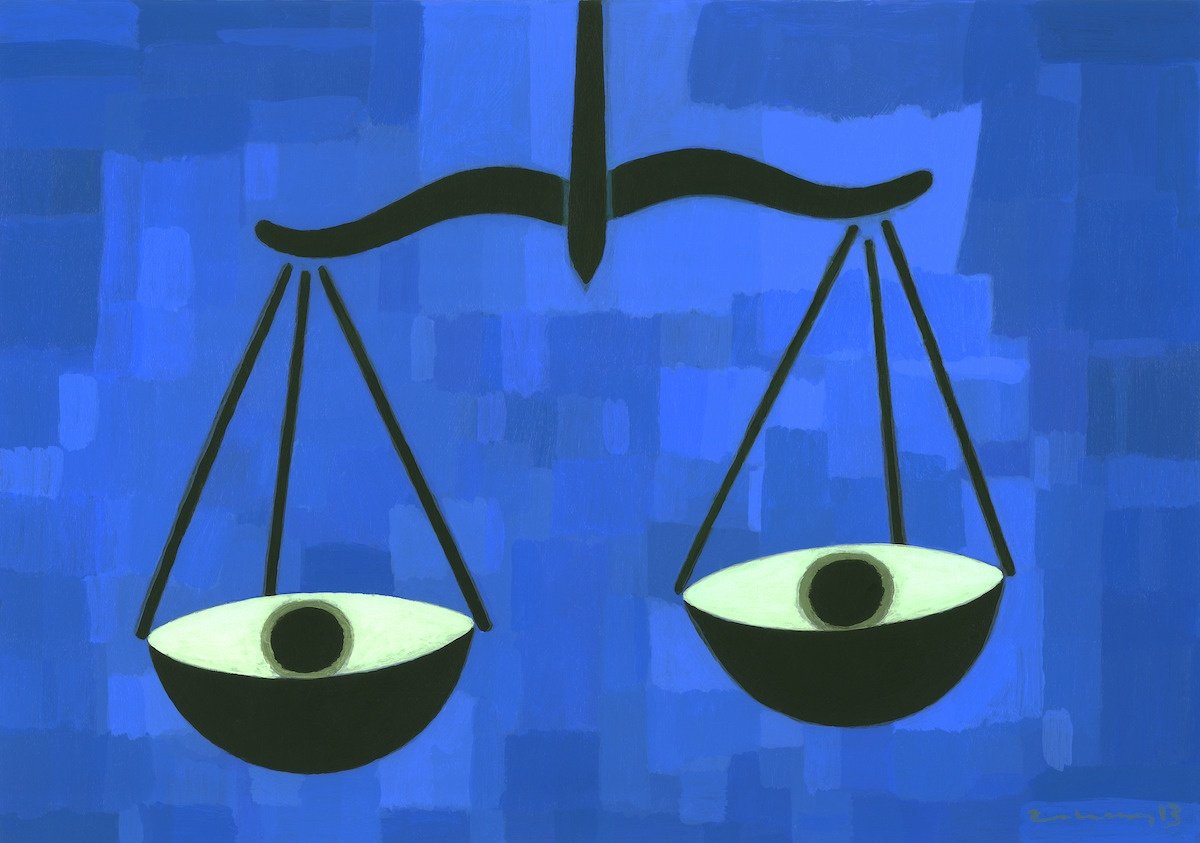Alcoholism and drug addiction are often intractable illnesses. Many addicts and alcoholics relapse within 6-12 months of treatments that can include detoxification, drug therapy, behavioral therapy, and group counseling.
But there might be a secret weapon in the fight against addiction: helping people.
While other researchers look for ways to improve prescription drug regimens or talk therapies, Maria Pagano of Case Western University has focused her attention on the addict’s social connections. In studies spanning over a decade, she and her colleagues have shown that having a supportive network, reducing isolation, decreasing social anxiety, and—especially—helping others can increase the chances of staying sober by up to 50 percent.
Her findings suggest that addiction should not be characterized solely as a failure of individual willpower, but must be viewed through the lens of positive social connection. If she is right, her research could lead to profound changes in how we treat addiction.
The Link Between Addiction and Social Anxiety
As Alcoholic’s Anonymous (AA) understands, social networks play an important role in recovery. In one 2012 study, Pagano and her colleagues found that having a network of people who support one’s abstinence can significantly impact an addict’s ability to stay sober up to three years later.
“If your friends are drinking and drugging, it’s very hard to maintain sobriety. It’s very easy to rationalize and say to yourself, ‘I can have a little bit,’” says Pagano.
But finding a positive social network when you’re an addict is not that easy to do, she says. Many addicts report having social anxiety—a feeling that one is onstage and not approved of by those around them. In fact, social anxiety often leads one to try drugs or alcohol in the first place, since people think intoxicants act as social lubricants. But using drugs for anxiety control can lead to dependence and can easily get out of control, ruining one’s health, relationships, and work life.
Ironically, almost all treatment programs for addiction require group activities of some kind, which leads to a dilemma for those with social anxiety, says Pagano: They may be loath to participate in group activities, yet group activities are important to healing.
In a recent study in which she tested this theory, she found that many of her participants—adolescents in treatment for addiction, ages 14-18—had a deep fear of being scrutinized in social situations, while 15 percent met the diagnostic criteria for a social anxiety disorder (or SAD). While her results showed that levels of participation in a 12-step program did not differ significantly between those with an SAD diagnosis and those without one, one thing did make a difference: The adolescents with SAD who actively participated in helping had a significantly reduced risk of relapse or incarceration in the six months after their treatment finished.
Why Helping Is Key
That’s an insight backed up by Pagano’s other studies. In one 2013 study, she and her colleagues recruited 226 recovering alcoholics from nine outpatient treatment programs, and they followed these patients for 10 years while measuring alcohol consumption, AA participation levels, and self-rated thoughtfulness towards other people at different points in time. They also measured whether or not participants helped others by becoming a sponsor or by completing step 12 in AA.
By using statistical analyses, Pagano and colleagues showed that those who’d attended more AA meetings and engaged in helping stayed sober longer and reported higher interest in others up to 10 years later. Helping others had a unique effect on the outcome, suggesting that helping has a special role in recovery—and should receive more attention.
“We’re doing a disservice to patients if we don’t encourage their involvement in service when we know that service is linked to good things,” says Pagano.
Helping others may have a unique impact on maintaining long-term sobriety, she says, because it appears to decrease some of the psychological markers of the disease—high levels of narcissism and entitlement—that make one prone to addiction and less likely to enter recovery in the first place. Having a chance to “get over yourself” through helping others can also lead to better interpersonal interactions, in particular with other recovering addicts, she says.
“Helping others can help you affiliate and get to know a sober network,” says Pagano. “It’s a natural way to introduce yourself and get to know people; it’s also helpful as a distraction from inner angst that’s often a part of recovery.”
When Pagano says “angst,” she’s referring to the pain caused by a sense of not belonging or of being a social misfit. Researchers measure this feeling through a construct she calls “social estrangement,” which is less about how much time people spend with others and more about how much people feel they don’t belong within a group, even if they have lots of “friends.”
“It’s the kind of isolation where nobody knows who you really are—the parts of you that are hard to access: your hopes, dreams, goals, disappointments,” she says.
In another one of her recent studies, she looked at the impact of social estrangement on addicted juveniles entering court-ordered treatment because of criminal activity. When she simply looked at outcomes for those who reported high levels of social estrangement at the beginning of their treatment, she found that they were much more likely to relapse or to commit a crime in the 12 months after treatment than those who reported less social estrangement.
However, when she factored in helping behavior, she found that those high in estrangement were significantly less likely to be drinking or committing crimes in that same period of time if they’d engaged in giving service within AA—whether it was putting away chairs, greeting newcomers, making coffee, or sponsoring another recovering addict. This, she says, shows that helping can address a feeling of not belonging, which is particularly painful for adolescents who are highly influenced by peers.
“Getting engaged is probably not the only mechanism that helps you get socially connected, but it can help you start to affiliate,” she says. “It’s your gateway into finding your own herd, where you can be really known.”
Can Helping Be Prescribed?
Though Pagano’s findings are promising, her research is done with naturalistic data—data collected from large populations, perhaps, but not under experimental conditions. An experiment in which helping behavior could be prescribed to some people and not to others is perhaps the next logical step in her research.
But Pagano cautions against that plan. For one thing, AA is not a standardized treatment program—it’s a free adjunct to treatment run by non-professionals helping their peers, albeit with a fairly set protocol—where interfering with the group’s process could prove harmful. Additionally, she’s so convinced that helping others within AA is important that she wouldn’t want to deny it to any people seeking that support.
“I would never say to someone that they couldn’t participate in service, because we see it cuts the risk of relapse as well as the likelihood of going to jail post-treatment in half,” she says.
However, she thinks one way to get around these limitations would be to assign someone within AA to encourage participation in helping above and beyond how it’s usually encouraged, then compare that to regular AA involvement—something she is currently planning to do.
“I’m mapping that out right now,” she says. She plans to link newcomers to helping tasks within AA using a volunteer within AA, and then to see if that has any impact above and beyond the usual impacts of the AA process.
In the meantime, Pagano finds little reason not to encourage more helping behavior. Since her research points toward the conclusion that helping others improves sobriety outcomes and helps decrease social anxiety, it’s pretty easy to suggest service to others earlier in the process of treatment—perhaps even during residential treatment.
“This is a window of time when patients are willing to change their behavior or look at themselves more carefully,” says Pagano. “If they’re given a service position, they routinely show up; they’ve got a role to play. They’re not just some person hanging out in a chair, listening to the person next to them. They belong.”





